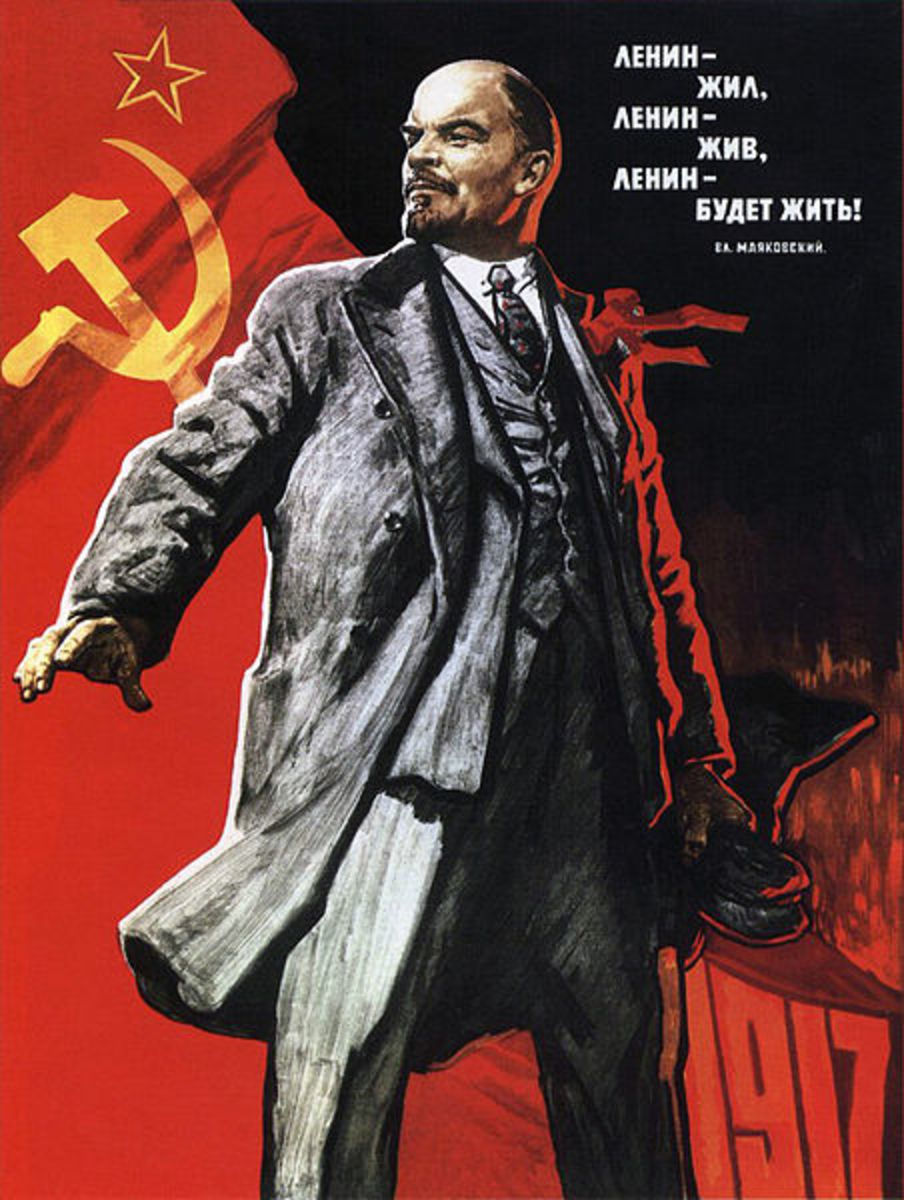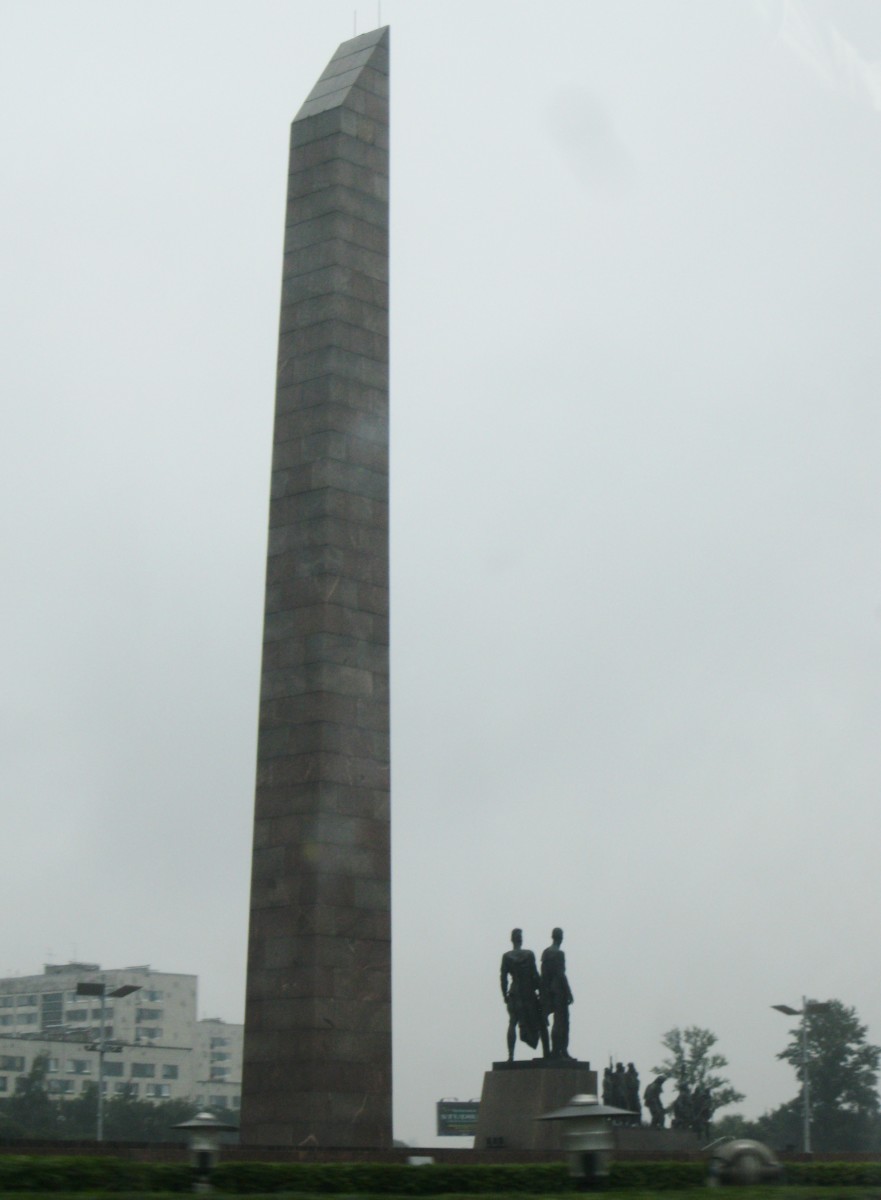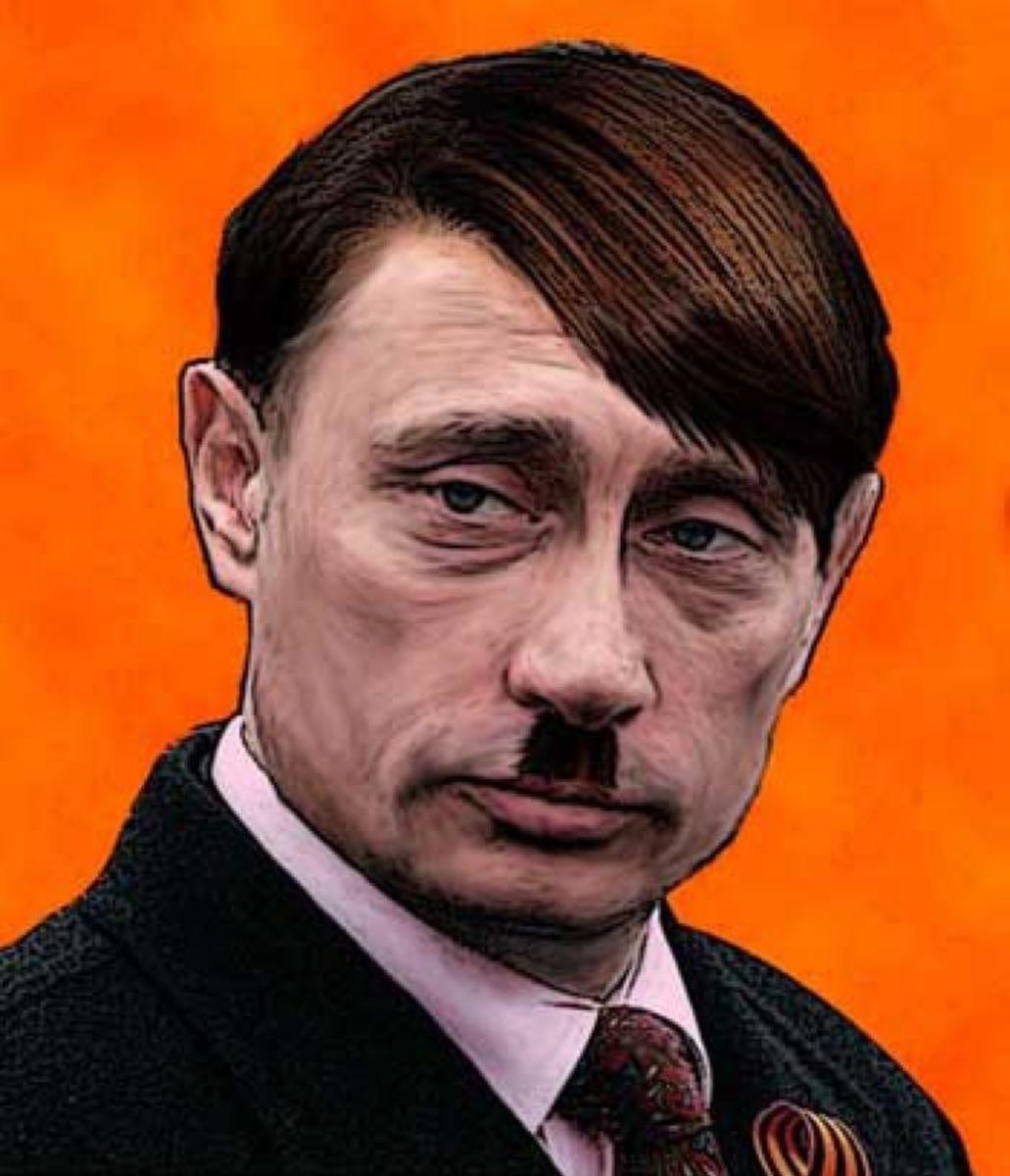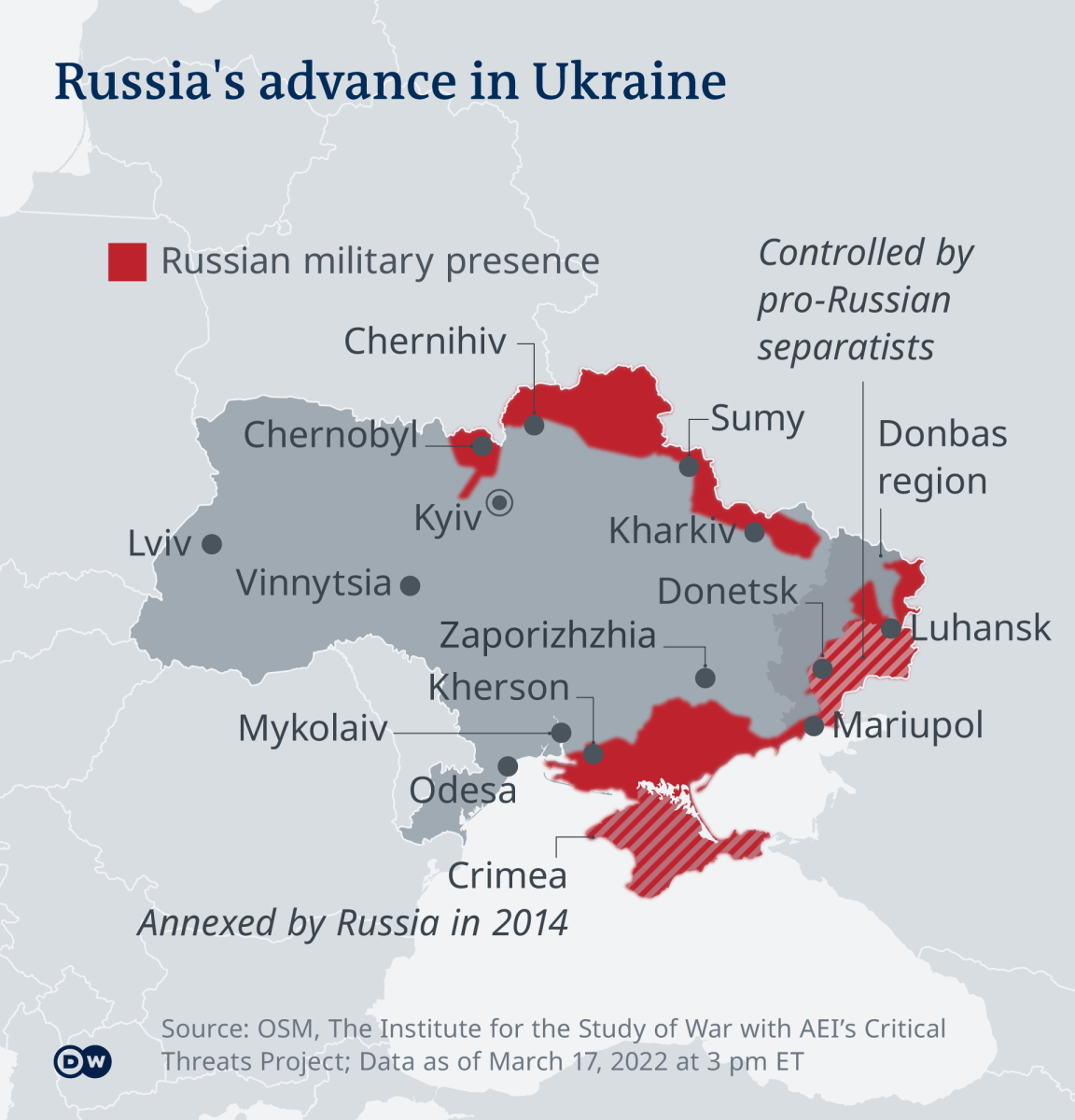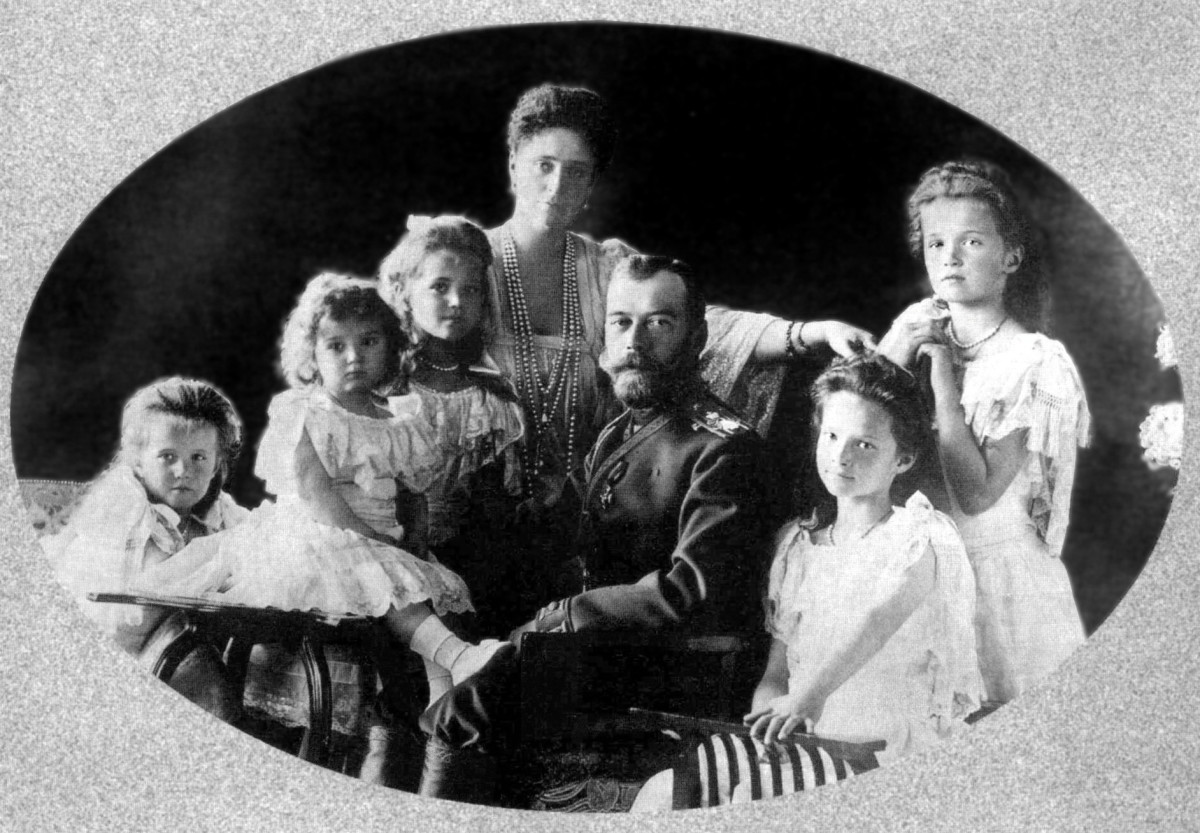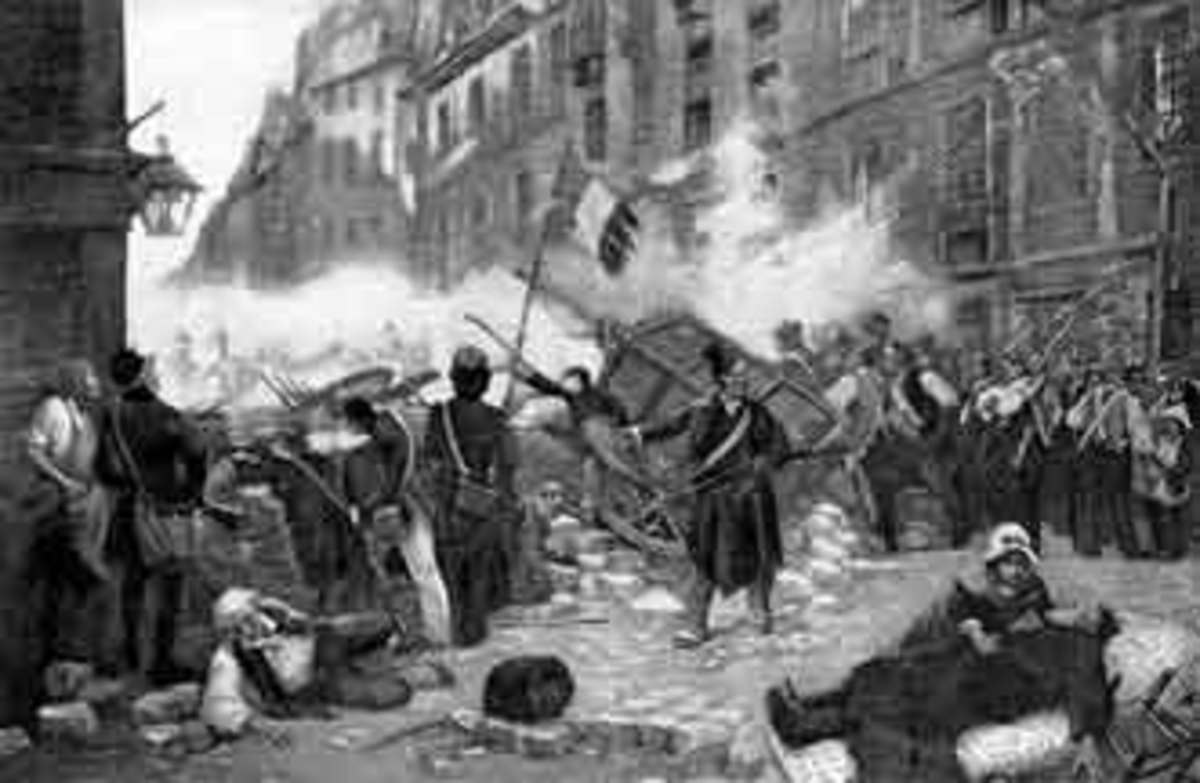How Communism took over in Russia and beyond

Before 1917, Russia was ruled by a Tsarist autocracy. An autocracy is government by a single absolute monarch, and the tsar had unlimited power. Tsar Nicholas II, a member of the Romanov family, was ruler of Russia in 1917, but a revolution caused him to abdicate. Initially, a provisional government was set up in Russia, but in October 1917, the Communists seized control. These events took place against the backdrop of World War I, which caused immense hardship across Russia and a revolt among the people.
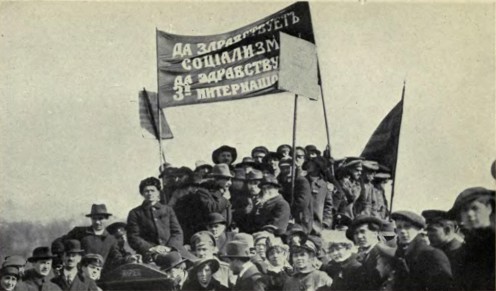
February revolution
Hardships because of a lack of food and the war meant that women in the city spent as long as 40 hours per week lining up for bread. Some even slept outside the bakeries at night to ensure that they could buy some the next day. On February 23, 1917, women began rioting in Petrograd, formerly St. Petersburg. More than 100,000 citizens participated in the rioting over several days, and eventually guards started to fire on the unarmed crowds. What began as a riot turned into a revolution. In the end, Tsar Nicholas II was forced to abdicate and a provisional government was put in place under Prince Lvov.
Provisional government
Russia's provisional government was set up by Prince Lvov and Aleksandr Kerensky, ostensibly following moderate, socialist policies. Real power, however, was in the hands of the Soviet Workers' and Soldiers' Deputies, elected by popular mandate. Anarchist and Bolshevik leaders, such as Lenin, returned from exile and Russia deteriorated into a state of anarchy under the new provisional government, with rebellions and mass desertions from the army. A failed coup by General Kornilov, the army commander-in-chief, led to his fall in popularity and subsequent death. Kerensky's credibility assisted the Bolsheviks and the overall communist rise to power.
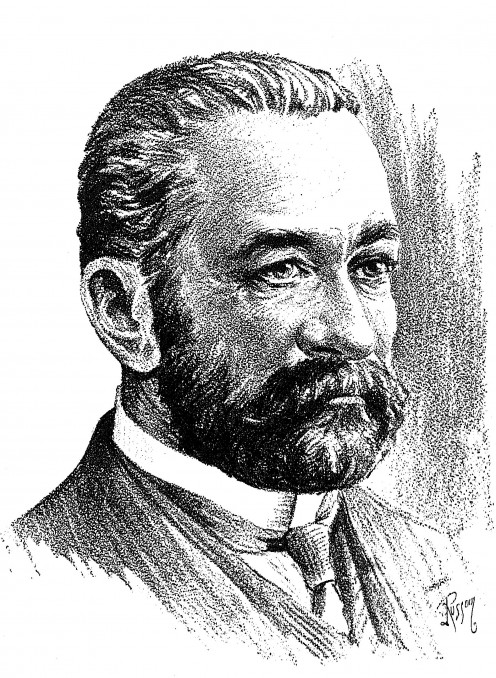
Bolshevik revolution
The Bolshevik Revolution against the provisional government began in October 1917. The Bolsheviks were communists led by Vladimir Lenin, and influenced by Karl Marx and his "Das Kapital" publication of 1867. On October 24, 1917, the Red Guards took control of Petrograd, while the warship Aurora moved upriver and pointed all guns toward the Winter Palace. On October 25 and 26, 1917, the Bolsheviks assumed control of the Petrograd Soviet and proclaimed a new Russian government by Soviets, which was endorsed by the Congress of Soviets.
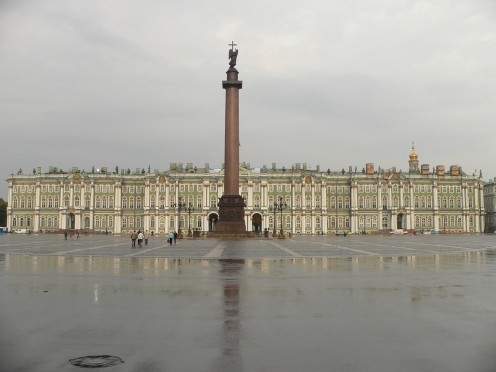
Civil war in Russia
Civil war in Russia followed with the Communist Red Army ranged against the White Army of the former army generals. The Bolsheviks held Petrograd, Moscow and central Russia but the White Army launched several attacks that threatened Bolshevik rule. The Bolsheviks made a promise to give Russia "Peace, Bread and Land" however this was impossible due to food shortages caused by two years of drought ruining harvests. In 1920 the government of the United States coordinated a famine relief program to assist millions of the starving people of Russia.
By 1921 the Red Army amounted to 5 million citizens, while the White Army never exceeded 250,000 in total and was spread over diverse areas. Eventually, the White Army was driven back to the Baltic and the Black Sea, forcing many emigrations and the communist revolution was proclaimed a success.
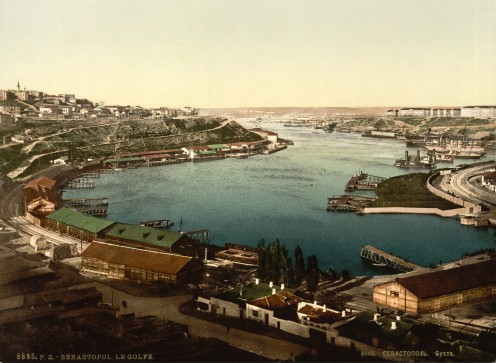
References
You may wish to check out some of the following references for more information:
Catholic Education Resource Center
Library of Congress: Revelations on Russia from the Archives
Marxists Org: Timeline on developing the Congress of the Soviet
© 2014 Dawn Denmar

